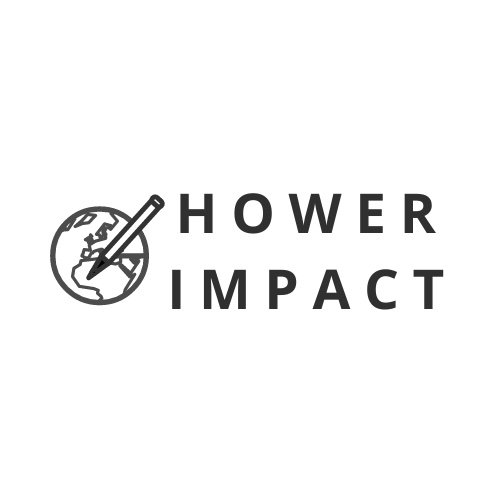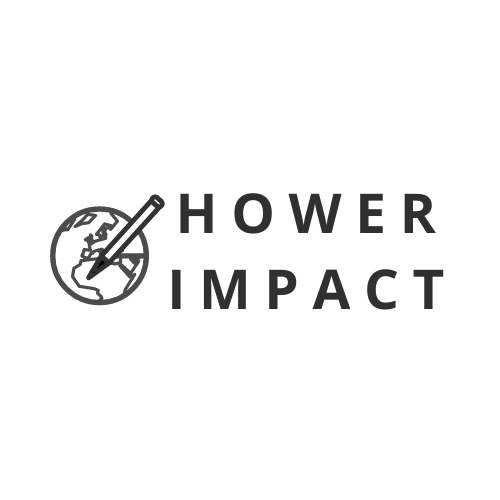Networking when you can’t attend sustainability conferences
Conferences are a great place to network in sustainability — but they aren’t everything.
The fall corporate sustainability conference season is here, and our LinkedIn feeds are filled with peers posing for pictures everywhere from Climate Week in New York to Sustainable Brands this week in San Diego. Next week is VERGE in San Jose, and November and December will bring the even more exclusive COP28 in Dubai.
As someone who has spent more than a decade attending corporate sustainability events, I’ll admit that these are highly valuable for connecting and engaging with others in the impact community. Since this fall I’ve been sitting out the conference circuit due to being busy climbing mountains in Tanzania, helping out with sick family members and, well, doing the actual work with my clients, I’ve felt my share of FOMO watching my LinkedIn feed fill up with friends and connections frolicking at sustainability events. It made me realize how many who can’t attend these events must feel.
While corporate sustainability conferences and events are important moments in time for convening sustainability professionals to exchange ideas, form partnerships and connect and engage, there remains high barriers to entry. With conference passes going for thousands of dollars — in addition to the costs of travel, lodging and meals — most who lack the financial backing of a company can’t afford to attend. Granted, most of these events offer limited volunteer passes, but it still isn’t easy for many folks to make it pencil out.
For folks unable to attend these events, it can be disheartening to see so many smiling peers and creates a feeling of being left out. While this is something that I’m working on addressing with my Connection Section and Impact Hour initiatives, there’s still plenty that people can do to connect and engage with other sustainability professionals outside of major conferences. Here are three strategies for doing just that.
Engage with people on LinkedIn
Since LinkedIn’s founding in 2002, it has transformed from a simple website for digitizing your resume to becoming a bona fide perpetual virtual conference. In the past few years alone, the platform has grown to become a massive marketplace for exchanging ideas, creating real-world connections and leading to jobs and business deals.
The pandemic took LinkedIn’s importance to the next level. Because we couldn’t go to physical conferences, we had to turn to digital tools to stay connected to our network. We were more likely to virtually meet people we’d never before connected with IRL, and this behavior continued even after we came out of our Covid cocoons.
While you don’t need to spend as much time as I do posting on LinkedIn, consider checking it at least once a day and engaging with people in your network. If you want to keep it simple, this could be liking or commenting on posts or content shared in your feed. If you want to get fancier, you can join LinkedIn groups and reach out directly to people. And, of course, you can share your own updates and content to demonstrate your expertise.
Look local for networking groups — or form your own
One result of the pandemic was a great diaspora of sustainability talent — many folks moved to places outside of the usual business hubs, and companies began hiring talent from all over. This means that you should be able to meet sustainability professionals wherever you are.
In recent years, in-person networking groups focused on sustainability and ESG have sprouted up in communities across the globe. While these are larger and more common in major hubs such as New York, Los Angeles and San Francisco, there also are many appearing in places like Arizona, Colorado and even Vermont.
Search to see if a meetup already exists for sustainability professionals in your area. If it doesn’t exist, you can form your own as I’ve seen many do. If you need help doing this, let me know as I am working on developing a franchise model for Impact Hour so it can grow across the globe.
Schedule regular virtual coffees
Virtual calls remain one of the best ways to stay connected to people in your network outside of conferences. Checking in regularly with people you already know is important for nurturing relationships, and often leads to unexpected outcomes. Make an effort to email folks in your network every once in a while to suggest a catch up via video chat. For some, this might be once a year and others it could be quarterly. You decide.
Virtual coffees also are good for expanding your network — particularly when you aren’t actively looking for a job. Consider reaching out to people who look interesting in your LinkedIn network to see if they’d be up for a virtual chat. If it’s a cold connection, try to have a good reason to connect — such as discussing something you found interesting that they shared, or a common interest. The best time to create authentic connections is when you’re looking for nothing except knowledge.
Don’t let missing out on sustainability conferences bring you down. There is no “in” or “out” group in our collective effort to address the climate crisis and other pressing social and environmental challenges. You are just as much an important player in this work even if you aren’t on stage speaking or schmoozing during conference happy hours. We’re all in this together.


